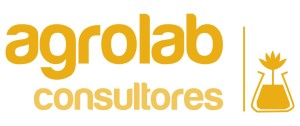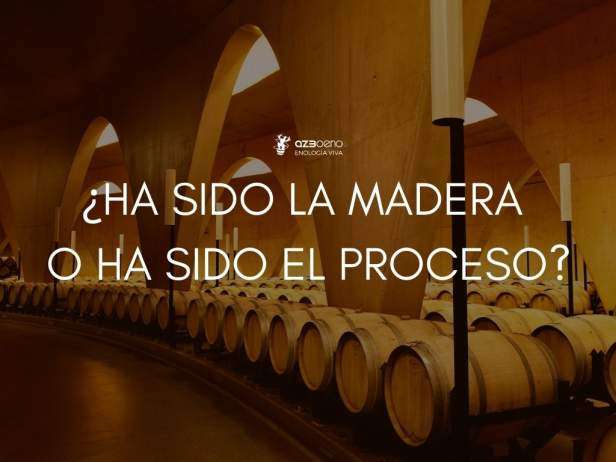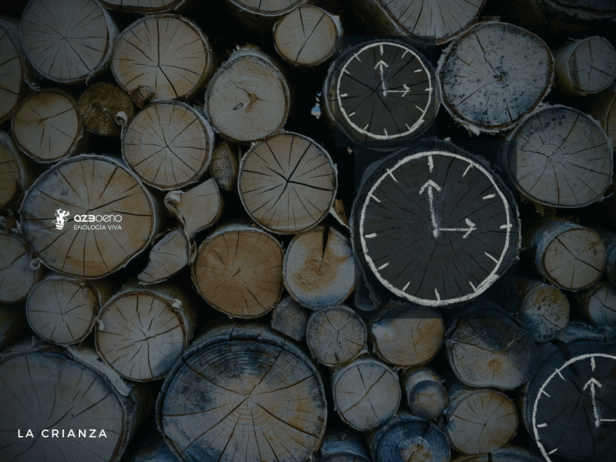
In early spring, the tears come and the vineyard restarts its activity. The shooting and the start of vegetation is done in a heterotrophic way, that is to say consuming the reserves stored in the trunk and roots during the depletion.
In early spring, the tears come and the vineyard restarts its activity. The shooting and the start of vegetation is done in a heterotrophic way, that is to say consuming the reserves stored in the trunk and roots during the depletion.
Soil analysis is already essential for quality production. It is the starting point for nutritional monitoring and fertilization management at the vineyard. Its importance is fundamental given that the analytical results have allowed us to establish fertilizer recommendations, corrections and soil management at the end of winter, aimed at improving yield and quality.
The spring shooting and the start of vegetation is done in a heterotrophic way, that is to say consuming the reserves stored in the trunk and roots during the depletion. Gradually the vine enters the autotrophic phase, the roots recover their activity and the leaves go from being consumers to being exporters of compounds that they synthesize from photosynthesis and the mineral elements that the plant absorbs via the roots.
The bunches are born and the vine is prepared to deal with the crucial stages to obtain a correct harvest, these are flowering and fruit setting. In this period the demand for nutrients, especially N, K, Mg and some trace elements begins to be significant.
Nutritional deficiencies in this period can seriously compromise the harvest, so it is a good time to measure and assess the nutritional status of the plant; and thus establish a rational strategy for fertilization and correction of deficiencies.
How? By means of a simple analysis of petioles, quick diagnosis and a tool to control the correct nutrition of the vineyard.
It is essential to sample an area of the plot that is homogeneous, where the set of plants is visually similar, have the same vigor and development and are in the same soil. If the vineyard is glass, It is recommended to cross the area to be sampled diagonally, as well as to take leaves from the four corners. If it is trellised, it is advisable to sample in several rows taking leaves from one side and the other of it.
When? Ideally in phenological state H, separate flower buds, although it may be somewhat later.
Where? Send your samples to our partner laboratory AGROLAB and we will send you the results and their interpretation shortly.

Sampling
In a homogeneous plot, in healthy and representative vines, take at least 50 petioles or 45g of fresh petioles (at the beginning of the season 80 petioles may be needed to obtain this weight) in 4 to 8 rows depending on the size of the plot, avoiding the outer rows.
Keep only the petiole, separating it from the leaf. Taking just one petiole per vine requires a minimum of 50 strains.
Take petioles found at the front of the first bunch from the base. The associated leaves must be healthy, not necrotic, not broken, otherwise take the next petiole.
In vineyards where NO pruning is carried out, it is necessary to take 120 petioles distributed over the entire height of vegetation (40 for each zone of vegetation: high, medium and low).
If any area of the plot shows obvious deficiencies, we recommend taking 2 samples (affected area and normal area).
It is important to weigh the petioles and note the fresh weight together with the identification of the sample (winery, plot, variety, clone, rootstock, phenological status)
Send the petioles in a paper envelope (never in plastic), by post or courier.
 MEASURE, INTERPRET AND DECIDE
MEASURE, INTERPRET AND DECIDE
Related news
More than winemaking machines
The winemaker is the artist who observes the vineyard, interprets it and imagines the wine that could be produced from this plot.
Was it the wood or the process?
Today, we are thinking about one of the most important stages of production: the aging of the wine.
How can you save money and preserve the fruit?
NURTURE, produce, feed and educate a living entity until its full development.


